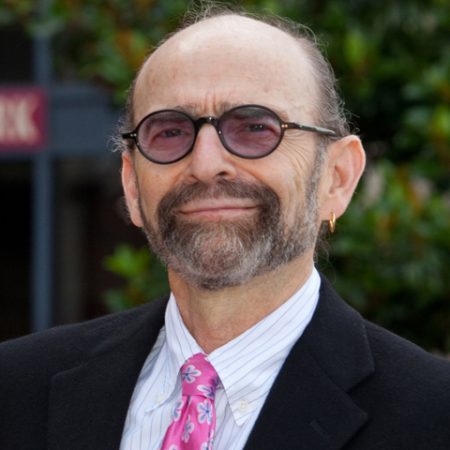
Psychiatry — which uses well-intentioned coercion, unscientific diagnoses and psychoactive drugs that do as much harm as good — is a science that is off course, according to a new book co-written by Tomi Gomory, an associate professor in the Florida State University College of Social Work.
In “Mad Science: Psychiatric Coercion, Diagnosis and Drugs” (2013, Transaction Publishers), Gomory and co-authors Stuart A. Kirk of the University of California-Los Angeles and David Cohen of Florida International University discuss several key points that the international psychiatric community is beginning to wrestle with, including the description of troubling human behaviors as medical diseases.
“No one doubts that people have strange behaviors, but how you explain those behaviors is important because strange behaviors are not necessarily medical diseases or the result of them,” Gomory said. “This is where psychiatry has gone down the wrong path.”
“Mad Science” is the most comprehensive of five recently published, scholarly books that take a critical look at the notion of medical psychiatry and the American Psychiatric Association’s Diagnostic and Statistical Manual of Mental Disorders (DSM), the bible of psychiatry. Even the National Institute of Mental Health criticizes the DSM for its lack of objective laboratory measures, Gomory said.
Gomory and his co-authors base their claims on eight years of reviewing mainstream research and analyzing the history of madness and psychiatry as well as the language of psychiatry. In the final chapter, they envision a “nonmedicalized” future of helping the seriously emotionally troubled members of society.
The scientific character of medical diseases includes physiological lesions or signs as well as more subjective symptoms or patient complaints. Psychiatric “diseases” have no lesions or physical markers.
“There isn’t any science behind labels such as schizophrenia, bipolar disorder, post-traumatic stress disorder or any of the more than 300 mental illnesses that the DSM psychiatric work groups have created,” Gomory said. “They are merely arbitrary conceptual categories with no legitimate medical science to back them up.”
Gomory points to brain lesions, which are the identifiable biological markers of an overwhelming number of neurological diseases. Yet there are no such markers for any of the behaviors that psychiatry describes as a disease or mental disorder.
“We argue that simply labeling troubling human behavior as a brain disease is not the answer,” Gomory said. “Neurology is the medical profession that handles brain diseases, so anything that is a legitimate brain disease should be identified and treated through neurology, not psychiatry.”
When it comes to using psychotropic drugs to treat troubling human behaviors as if they were medical diseases, psychiatry has proceeded on uncritically accepted claims, rather than well-tested evidence.
“Psychiatric drugs are not a panacea by any means,” Gomory said. “Many of these drugs are black-labeled by the Federal Drug Administration, which is its most serious warning. In many cases, the things you think they should decrease they increase for many people.”
Antidepressants, the latest of which are known as selective serotonin reuptake inhibitors or SSRIs, are habit forming, can increase anxiety or make people suicidal. Antipsychotics, which suppress central nervous system activity, are used to manage very disturbing behavior. They can lead to serious weight gain, diabetes and heart disease and can cause various neurological disorders including tardive dyskinesia, a permanent, physically disfiguring movement disorder.
“These are more than casual side-effects, but serious, adverse conditions in themselves,” he said.
When it comes to solving behavior that is strange, absurd or frightening, Gomory says that society should work within psychological, social, ethical and moral parameters rather than medical parameters, and never rely on coercive measures such as forced institutionalization.
“There is no science to back up the validity of psychiatric coercion, essentially locking people up or forcing them to take medication, because the literature is clear we can neither predict or prevent serious self-harming behaviors,” Gomory said.
People with strange behavior who don’t want help and are not harming others should be left alone, according to Gomory.
“If someone is hearing voices and they find that is a problem, then you help them,” Gomory said. “Others might consider the voice to be a benign companion, like the imaginary friends of young children. We should not make helping a coercive activity, but we should offer to help anyone who wants help using the strong evidence base available for psychosocial treatment approaches for troubled or troubling behaviors.”




